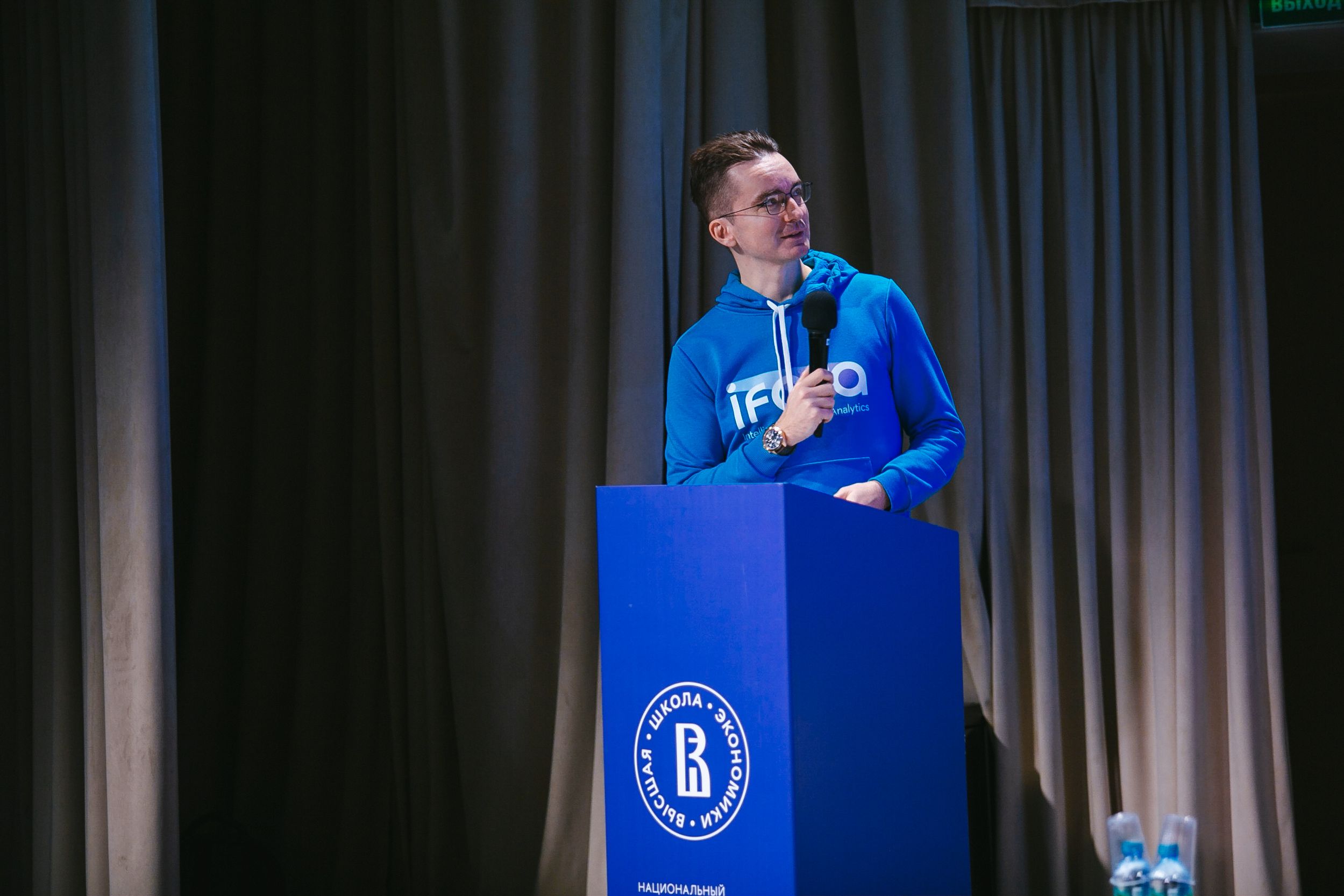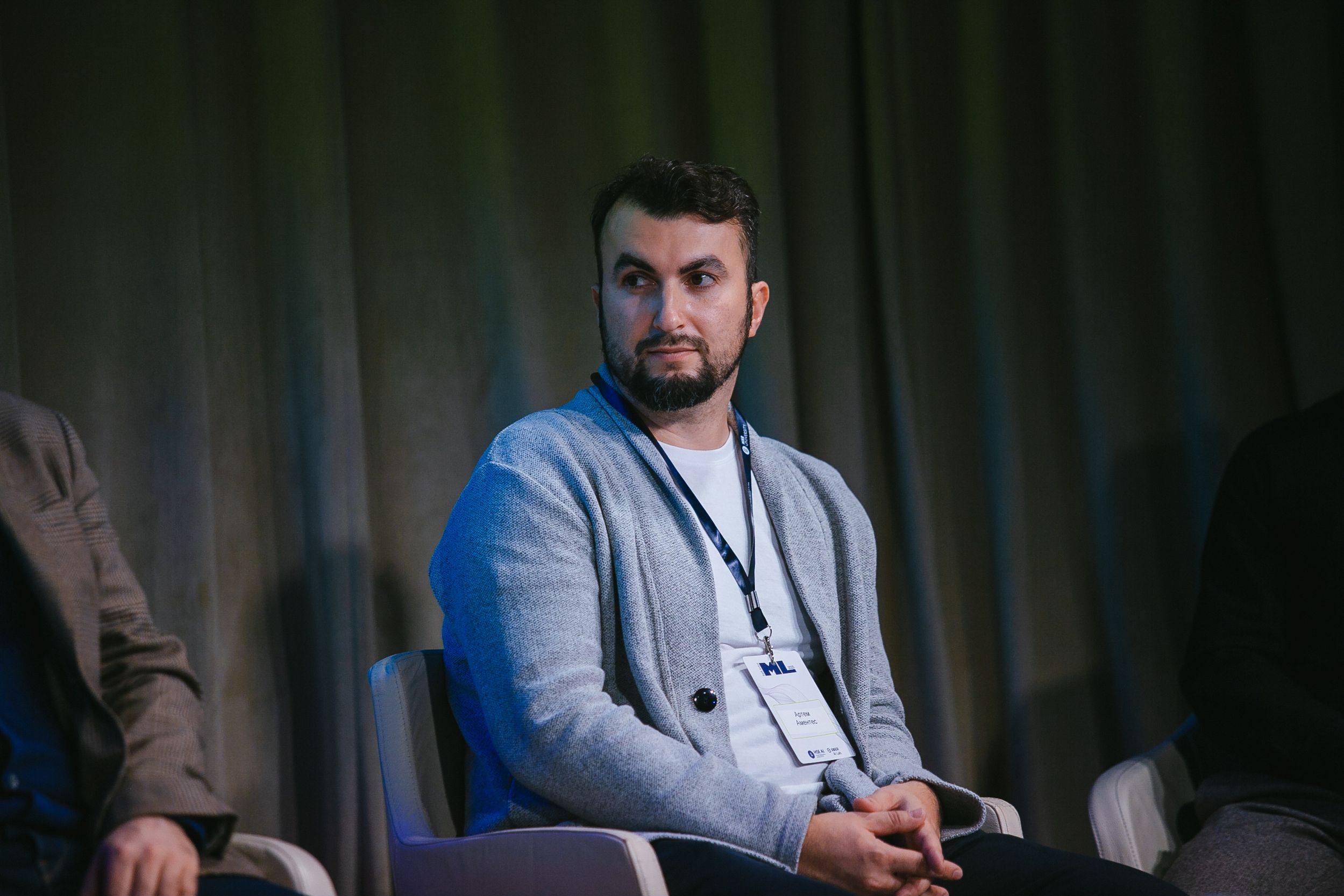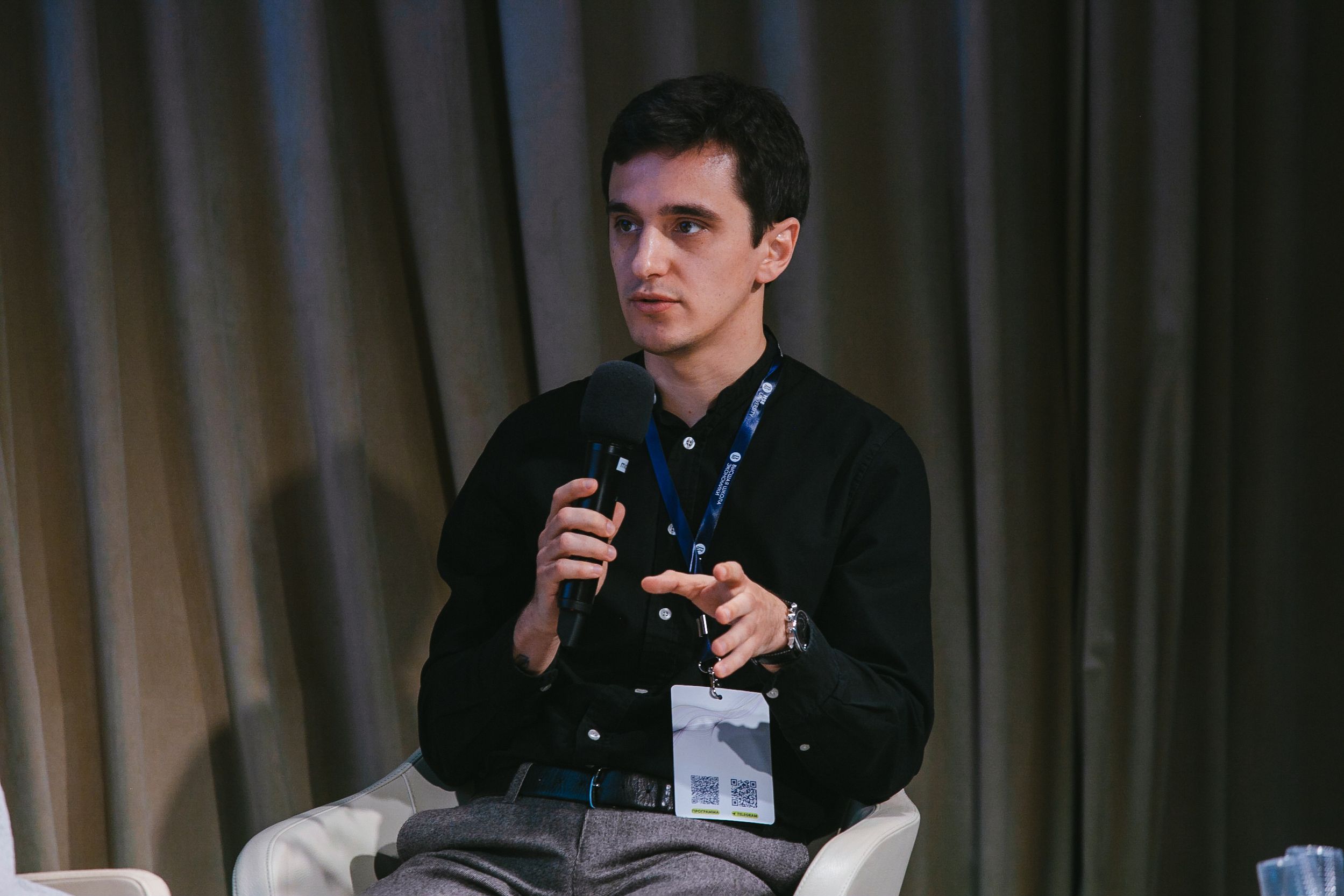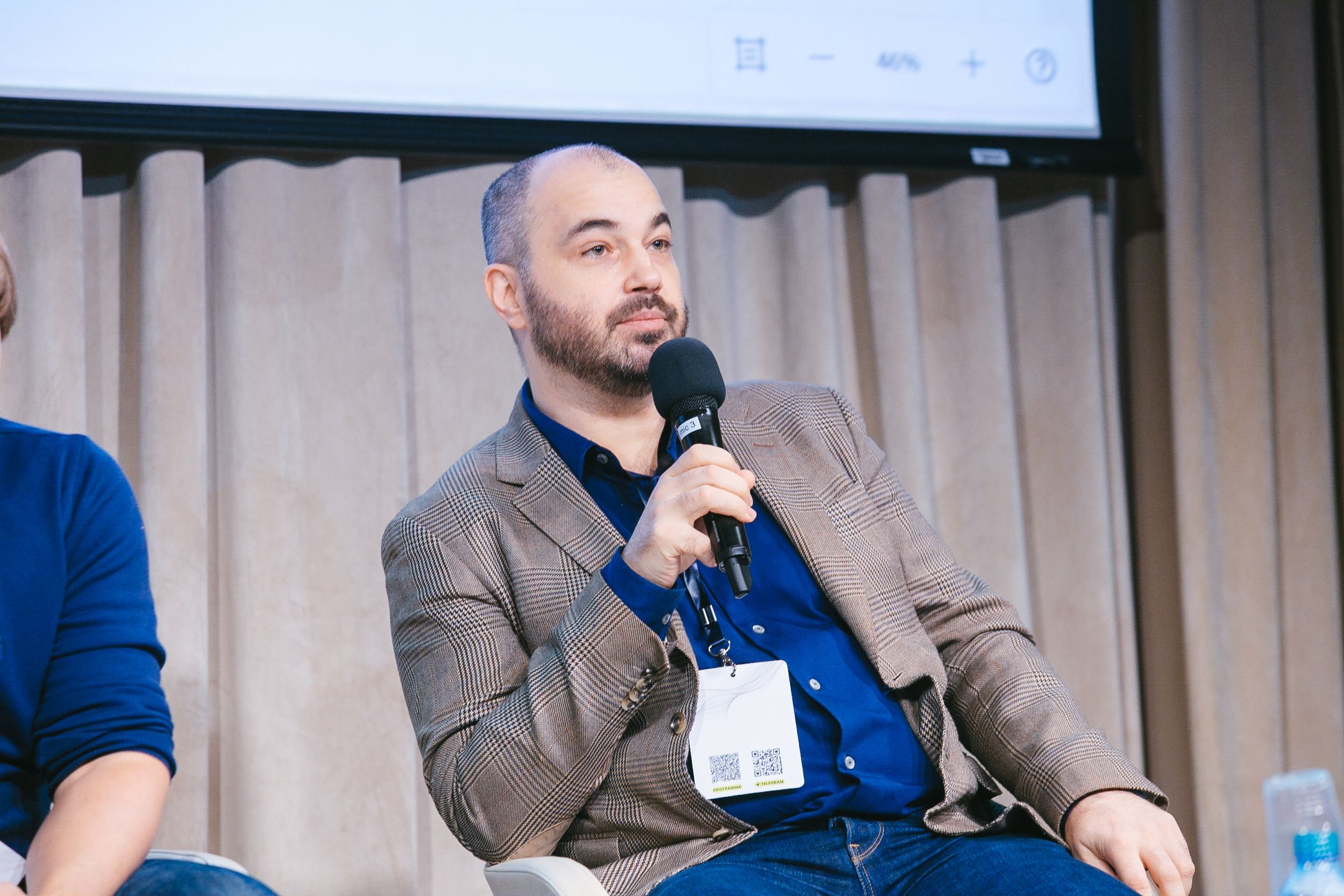Clouds Are Closer Than They Appear: Results of iFORA Foresight Session

Management intellectualisation, synergy with AI, and the transition to microclouds are expected to be the main trends in the digital economy over the next decade. Experts in cloud technologies gathered at HSE University for a foresight session to discuss these trends and their evolution up to 2040. They explored how process intellectualisation would develop, as well as ideas for storing data in space to minimise environmental impact.
The ‘Cloud Technologies 2040’ foresight session was held as part of the Fall into ML conference, supported by the Centre for Strategic Analysis and Big Data and the Future Skills and Talent Centre at ISSEK.
Cloud technologies are becoming an integral part of business success, explained Konstantin Vishnevskiy, moderator of the session and Director of the Centre for Strategic Analysis and Big Data, in his opening remarks. Clouds are accelerating digital transformation, creating new business models, and changing global markets. However, the industry faces challenges, such as high infrastructure costs, energy intensity, and sanctions. The topic of cloud technology is particularly relevant, as it forms an essential part of the development strategy for a multi-agent AI service platform based on the iFORA system developed by HSE ISSEK.

‘In 2026, we aim to launch iFORA as a multi-user cloud platform that will be accessible and convenient for companies, research centres, and government organisations,’ said Konstantin Vishnevskiy.
The centrepiece of the session was a presentation by Andrey Selskiy, Director of the Future Skills and Talent Centre at HSE University. His presentation was based on a big data study of cloud technology trends conducted using the iFORA system, with the results visualised as semantic and trend maps. These maps were built from English- and Russian-language market analytics and professional media. Andrey Selskiy explained that this big data analysis constitutes the first stage of the research, laying the groundwork for expert validation of the resulting megatrends.

Five megatrends were identified that will shape the future of cloud technology:
- Intellectualisation and automation—the transition from manual control to self-managed ecosystems based on AI.
- The interpenetration of AI and clouds. AI infrastructure requires cloud capacity, and clouds are filled with intelligent tools. Artificial intelligence not only consumes cloud resources, but also drives their further use.
- Hyperscaling with sustainability in mind. Systems must be able to cope with exponential data growth and sudden load spikes by incorporating scalability into their design.
- Cyber resilience and risk management, with AI taking on the role of cybersecurity.
- Ecosystem development (open platforms with an everything-as-a-service model) combined with cloud protectionism: geopolitical boundaries, data grounding, and provider diversification.
‘Cloud protectionism is emerging in response to geopolitical shifts. Clouds won’t just belong to a few major companies; they will create their own boundaries,’ Andrey Selskiy stressed.
Andrey Selskiy divided the forecast periods of cloud development into three stages. We are currently at the border between the first two stages: the cloud as infrastructure and the cloud as ecosystem (2025–2030). After 2030, the future will be the cloud as institutional environment, with democratised access, seamless operation, and hybrid systems where customers will combine providers—similar to mobile communications after the end of ‘mobile slavery.’ ‘The cloud market will move towards greater freedom, including relationships between providers,’ the speaker predicted.
As a result, cloud technologies promise not only technological progress but also profound changes in our lives by 2040, from smart devices to the global economy. Young people have a unique opportunity for personal growth and collaboration with industry leaders thanks to these technologies.

Artem Amentes, Director of Social Code LLC, offered a practical perspective: cloud platforms lower the barrier to entry for startups and small teams. Ready-made images, pre-installed neural networks, and a pay-per-use model (billed by second of compute time) enable individuals or small teams to quickly launch and scale a service. This shift alters the economics of innovation as it reduces capital expenditure and specialised skill requirements while accelerating time-to-market. In his view, cloud technology makes entrepreneurship more accessible and agile.

Vyacheslav Degtyarev, product manager at K2 Neurotech, stated that the tipping point has been reached: users ‘sleep on the clouds’ and do not think about where their data is stored. He emphasised that the main concern is possible information leaks, citing real-life examples where vulnerabilities in smart devices led to major disasters. According to the expert, the cloud needs to be both invisible to users and transparent and safe from a security standpoint, meeting corporate information security requirements and regulations.

Vladimir Tomko, Head of Innovation Development for the Voice Ecosystem at MTS PJSC, addressed the future form of cloud infrastructure: whether it will be a centralised data centre or a network of tiny clouds and edge computing nodes. He highlighted the rapid growth of distributed computing and microgrids—a trend that will facilitate the operation of IoT and voice ecosystems but will require new approaches to data transmission and computing costs. In his forecast, the proliferation of microclouds and fog architecture is one of the key practical changes in the coming years. This architectural shift towards the periphery will reduce latency, lessen the load on backbone networks, and partially address climate and energy concerns.

Ilya Korolev, Director of Strategy at Cloud.ru, focused on cybersecurity and ecosystem sustainability. He argued that the widespread simplification of development (through low-code/no-code platforms and ready-made modules) makes projects more vulnerable. He advocated for an approach using provider-certified modules. In this model, security is delivered as a built-in product feature rather than a task for the end user. He also noted that a competent provider will aggregate and promptly patch vulnerabilities, which is something that cannot be expected from every individual developer.
During the discussion, participants of the foresight session also examined the key barriers and growth drivers for cloud technologies. Cited barriers included cyber risks and vulnerability management, energy constraints, and the economic viability of ‘giant-scale’ solutions—specifically, the trade-off between profitability and energy costs. The primary growth drivers for the 2025–2030 period were identified as the automation of operations, the widespread adoption of digital twins and IoT, and a lower entry barrier for developers.
The participants agreed that an architectural evolution is underway, with the digital world transitioning from centralised data hypermarkets to hybrid ecosystems. This shift alleviates issues related to latency, energy consumption, and local regulations, but demands new integration standards. Generative AI and automation are accelerating hypothesis testing, enabling companies to evaluate more ideas at a faster pace. Cloud technologies then allow these ideas to be converted into products with minimal upfront investment. Consequently, competition is intensifying, creating opportunities for ‘fast unicorns’ to emerge, while simultaneously raising the stakes for effective risk management.
In conclusion, the experts stated that the industry is at a tipping point. The convergence of generative AI, inexpensive computing, and mass automation is transforming clouds from a simple infrastructure into a pervasive ecosystem with institutional-scale effects. However, the success of this transition depends directly on resolving security challenges, establishing regulatory clarity, and ensuring energy and economic sustainability.
See also:
‘Fall into ML Has Firmly Established Itself as a Landmark Event in Russia’s AI Scene’
On October 24–25, 2025, the AI and Digital Science Institute of the HSE Faculty of Computer Science will host the fourth annual Fall into ML 2025 conference at the HSE Cultural Centre. The event is once again supported by its general partner, Sber. The focus this year is on breakthrough research and the future of fundamental AI.
Machine Learning Links Two New Genes to Ischemic Stroke
A team of scientists from HSE University and the Kurchatov Institute used machine learning methods to investigate genetic predisposition to stroke. Their analysis of the genomes of over 5,000 people identified 131 genes linked to the risk of ischemic stroke. For two of these genes, the association was found for the first time. The paper has been published in PeerJ Computer Science.
AI Oracle: Which Trends Interest Business
Every day, modern technologies change the world by automating business processes in various industries. Specialists from HSE University have presented the extensive experience of the iFora team in implementing AI projects for the benefit of large companies and governments.
What Will 2024 Be Like? The Forecast by iFORA
RBC journalists decided to ask Russian artificial intelligence systems what 2024 will be like. Four leading Russian companies and HSE University took part in the project. The questions were answered by the iFORA big data intelligent analysis system developed by HSE ISSEK.


